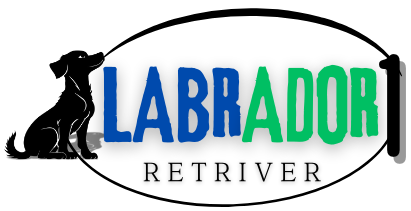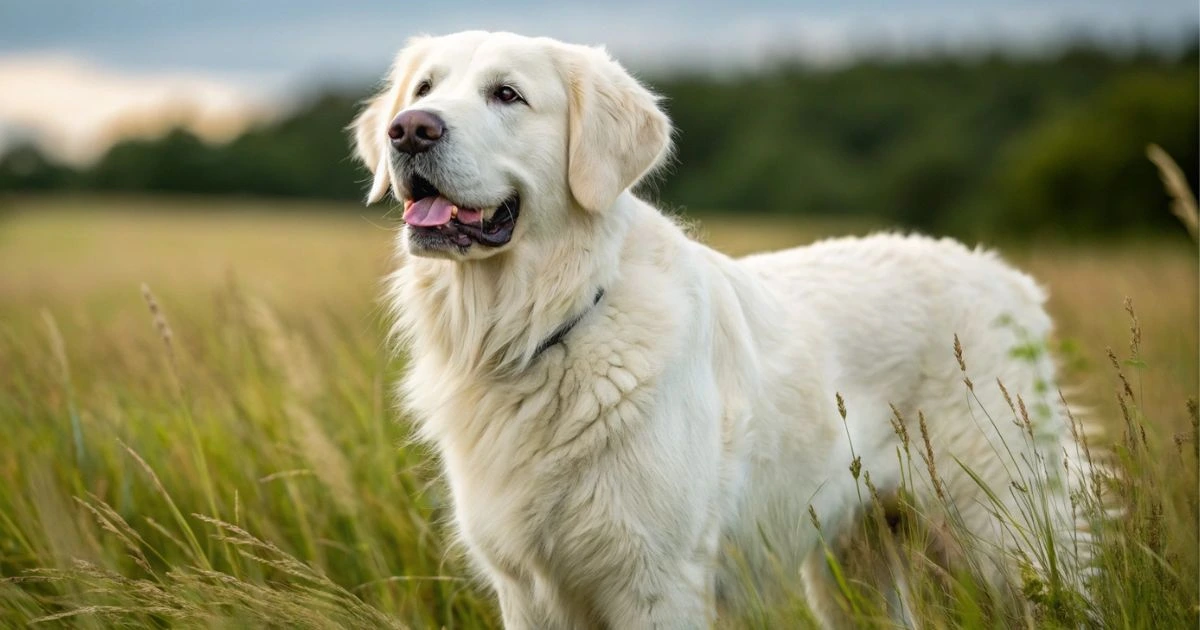White English Labrador: What Makes This Variant Stand Out from American Labs?
Picture this—you’re standing in a sunlit park, leash in hand, while a white, cloud-like Labrador trots beside you, tail swaying gently, eyes full of loyalty. Not every dog stops strangers in their tracks, but the White English Labrador isn’t just any dog. This isn’t just about appearances—it’s about temperament, companionship, and a connection that feels effortless.
If you’re searching for a dog that blends beauty with a gentle, easygoing nature, then learning about this unique Labrador variant could be your defining moment.
Table of Contents
What Exactly Is a White English Labrador?
So, what sets this pale-coated pup apart? You may have heard the terms “English Lab” and “American Lab” tossed around at dog parks or breeder sites—but understanding what truly defines the White English Labrador can make all the difference in finding the right companion.
Despite the name, White English Labradors aren’t a separate breed. They’re a subtype of the English-bred Labrador Retriever, which refers to the lineage originally developed in the UK. The “white” label refers to their pale yellow coats—almost cream or ivory in tone—resulting from selective breeding of lighter-colored Labs.
Quick Facts to Know:
- Breed: Labrador Retriever (English type)
- Color: Pale Yellow to White (not albino)
- Temperament: Calm, affectionate, trainable
- Best for: Families, therapy work, first-time dog owners
Important: These dogs are still registered as Yellow Labradors by major kennel clubs like the AKC.
English vs. American Labradors: Understanding the Differences
If you’ve browsed breeder sites or adoption listings, you’ve probably stumbled upon both English and American Labradors. They share the same breed name, but their characteristics vary widely.
H2: Physical Differences
Let’s break it down:
| Feature | English Labrador | American Labrador |
|---|---|---|
| Body Structure | Stocky, thick-set build | Lean, athletic frame |
| Head Shape | Broad skull, shorter muzzle | Narrower head |
| Coat | Dense, water-resistant | Sleek and shorter |
| Common Colors | Pale Yellow, Black, Chocolate | Yellow, Black, Chocolate |
White English Labs, with their cream-toned fur and blocky heads, clearly stand out from the lankier, high-energy American variant.
H3: Temperament Traits
This is where the difference becomes most apparent:
- English Labs are affectionate, gentle, and serene.
- American labs are more intense, high-energy, and designed for field work.
If you’re looking for a companion who’ll nap at your feet while you work, an English Lab is a perfect fit. Need a jogging buddy with endless stamina? You might prefer the American type.
Why the White English Labrador Steals Hearts
There’s a quiet elegance in the way a White English Labrador carries itself. Their gentle demeanor and striking coat make them highly sought after—not just for families but also for emotional support roles, service dog training, and therapy environments.
Their Temperament is Unmatched
Here’s what you can expect when you share your life with one:
- Affectionate and Loyal: They bond quickly and deeply with their humans.
- Incredibly Trainable: With their desire to please, they learn commands fast.
- Child-Friendly: Their calm nature makes them excellent with kids.
Fun Fact: Many White English Labs are used in hospitals and therapy programs due to their soothing personalities.
They’re Stunning, But Not Just for Looks
While that pale coat catches the eye, it’s the complete package that wins you over. You’ll often find White English Labs featured in commercials or social media because of their aesthetic appeal—but their inner beauty shines even brighter.
Health, Lifespan & What You Need to Know

No breed is without health considerations, and being informed upfront ensures you can give your dog the happiest, healthiest life possible.
Common Health Concerns in English Labradors
While generally robust, you should stay alert to:
- Hip Dysplasia: A genetic condition affecting joint mobility
- Elbow Dysplasia: Often tied to their sturdy frame
- Progressive Retinal Atrophy (PRA): Affects vision over time
- Obesity: These Labs love to eat and may overindulge
Routine vet checkups and a high-quality diet can help reduce the risk of these conditions.
Lifespan & Aging Gracefully
A lifespan of 10–12 years is to be expected, though some people can live even longer with the right care. Around age 7, they may slow down a bit—but they rarely lose that spark in their eyes or the wag in their tail.
Grooming Needs
White coats are beautiful but require a little extra effort:
- Weekly brushing to manage shedding
- Cleaning your ears to avoid infections (which are common in labs)
- Watch for sun sensitivity—pale coats can mean more vulnerable skin
Feeding Your White English Labrador: What’s on the Menu?
Nutrition plays a massive role in your Lab’s energy, weight, and long-term health. And with Labradors’ love of food, getting it right is crucial.
Table: Age-Specific Nutritional Needs
| Age | Focus | Top Recommended Foods |
|---|---|---|
| Puppy (0–12 months) | Growth, brain development | Purina Pro Plan Puppy, Royal Canin Labrador Puppy |
| Adult (1–7 years) | Joint health, energy balance | Blue Buffalo Life Protection, Wellness Core |
| Senior (7+ years) | Mobility support, weight control | Nutro Ultra Senior, Hill’s Science Diet Senior |
Key Tips:
- Stick to feeding schedules—free feeding invites weight gain.
- Watch for hidden fillers like corn or soy.
- Add Omega-3s (via fish oil) for coat health.
Bonus Tip: Freeze small cubes of broth or peanut butter as summer treats!
Training & Exercise: What to Expect
Despite their chill nature, White English Labs need daily exercise to thrive. Their training potential? Through the roof.
Effective Training Tactics
You’ll love how responsive they are to:
- Positive reinforcement (treats, praise)
- Consistency and repetition
- Early socialization (especially in multi-pet homes)
Avoid harsh tones—these dogs are sensitive and may shut down under pressure.
Daily Activity Needs
You should plan for:
- 45–60 minutes of moderate exercise daily
- Games like fetch, swimming, and puzzle toys
- Weekend hikes or long walks to burn energy
Rainy day idea: Use treat-dispensing toys or indoor hide-and-seek with commands.
Is the White English Labrador the Right Dog for You?
Choosing a dog is like choosing a life partner—emotions matter, but so does compatibility. Here’s a short checklist to help you decide.
Ask Yourself:
- Do you prefer a laid-back, affectionate dog?
- Are you okay with regular grooming and some shedding?
- Can you provide daily exercise and mental stimulation?
- Are you seeking a dog that’s great with kids and seniors?
If you answered “yes” to most of these, the White English Labrador might be the perfect match for your home and heart.
FAQs: Get the Clarity You Need

What is the difference between a White English Labrador and a Yellow Lab?
White English Labs are technically Yellow Labs, but they’ve been bred to express the lightest, nearly white shade of yellow. It’s a cosmetic difference, not a genetic mutation.
Are White English Labs rare?
Yes. Their specific coloration is less common and requires careful breeding, making them more sought-after than standard yellow, chocolate, or black Labs.
Do English Labradors shed a lot?
Seasonal shedding occurs, particularly in the spring and fall. Regular brushing helps manage loose fur and keeps their coats healthy.
How large do White English Labs get?
The average adult male weighs 65 to 80 pounds, and the average adult female weighs 55 to 70 pounds. Their physique is more muscular and stockier than that of American Labs.
conclusion
The White English Labrador is more than just a showstopper with a soft, snowy coat. This dog brings an unrivaled blend of grace, gentleness, and loyalty into your world. Whether you’re looking for a first dog, a family companion, or a soul-soothing support animal, this variant offers everything you could wish for in a four-legged friend.







